Breslau Fortress
In southwestern Poland lies Wroclaw which until 1945 went by its german name Breslau. Wroclaw became a Polish city only after the Potsdam conference in July/August 1945. Breslau had since 1741 belonged to both Prussia and Germany and was located in the historical area of lower Silesia (Niederschlesien). With the unification of Germany in 1871, Breslau became Germany’s sixth largest city with a predominantly German population and strong German traditions. The city was also at the beginning of the thirties a strong National Socialist stronghold where they had great electoral success. During the Second World War Breslau had been spared destruction from allied bombings. In February 1945, Breslau had recieved many refugees from other German cities which had been devastated by bombings.
By the time the Soviet army approached the city in late January 1945, the population had almost doubled to about one million. Hitler had already declared the city as a fortress in September, 1944, to be defended to the last man. Responsibility for the defense of the city was given to Gauleiter Karl Hanke. A devout Nazi who did not allow the civilian population to be evacuated until the end of January 1945, when it was actually already too late. Because Hanke did not allow the civilian population to evacuate in time, about 9,000 civilians died during the initial and ill-prepared evacuation. Temperatures down to minus 20 degrees also caused people to die.
Several of those who managed to evacuate ended up in Dresden where thousands died during the heavily bombing English and American bombers carried out in mid-February. When the Soviet attack on Breslau began on 8 February, thousands of civilians were still in the city. Breslau was defended by some 80,000 German soldiers and since Hitler declared the city as a fortress in September 1944, the germans had built defensive rings in and around the city. Therefore, the Red army met fierce German resistance when they attacked the city. From an industrial perspective, the city was also important to the Germans, which made it even more necessary to defend it.
In mid-February, the Red army launched a direct attack on the city affecting the city’s streets and houses. The city was not conquered until May 6. A third of the city was destroyed during the fighting and a total of about 170,000 civilians died, 6,000 German soldiers were killed and 45,000 were captured. The Soviets lost more than 8,000 men. In connection with Hitler’s political will, Hanke was appointed as the new Reichsführer-SS. Probably because Hitler thought he had done a good job in Breslau. Hanke couldn’t do anything with this appointment as SS leader. He was taken prisoner in Czech republic and beaten to death by czechs during a attempt of escape. Today the city is rebuilt and of the former predominantly German population there is not much left. Most Germans fled or were expelled from Breslau to Germany and these were replaced by repatriated Poles.
Current status: Rebuilt (2009).
Address: Grabiszynska 141, 53-439 Wroclaw. Plac Strzegomski 2, 53-681 Wroclaw (bunkers).
Get there: Tram.
Follow up in books: Beever, Antony: Berlin: The Downfall 1945 (2004).
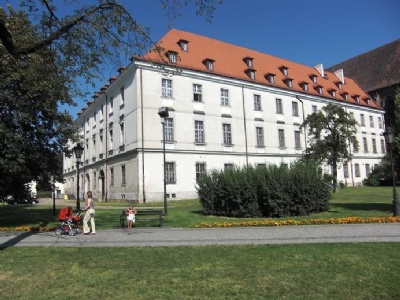
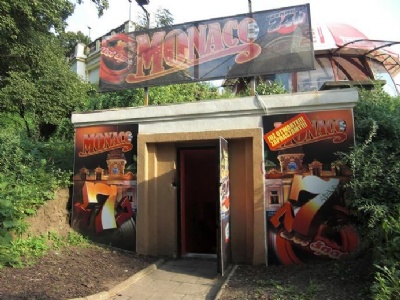

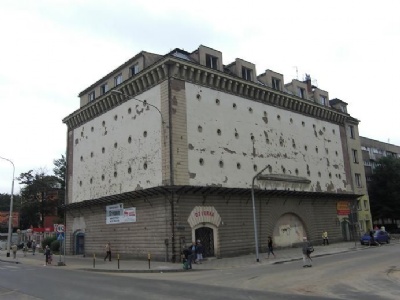
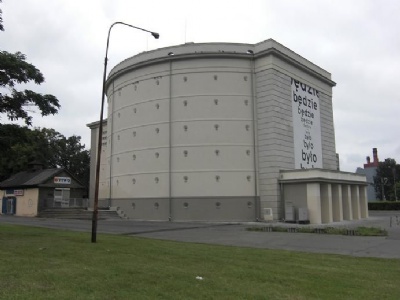
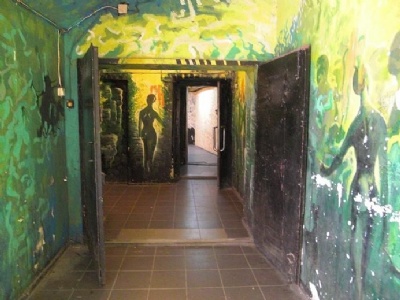

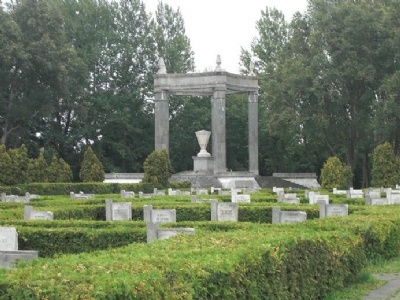
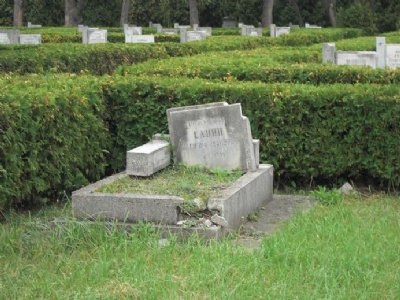
There are not many physical remains left in the city from the fighting between February and May 1945. A bunker was in August 2009 about to be converted into a residential building while in another there was a bar and a clothing store. The building where the Germans had their command center remains and is located on an island in the river Odra. In another place in central Wroclaw is something called Partisan hill where there were also bunkers used in the defense. For a short period during the defense of Breslau, the German command center was located in these. In 2009, at least one of these bunkers was converted into a small casino. On the southern outskirts of Wroclaw lies a dilapidated Soviet war cemetery.